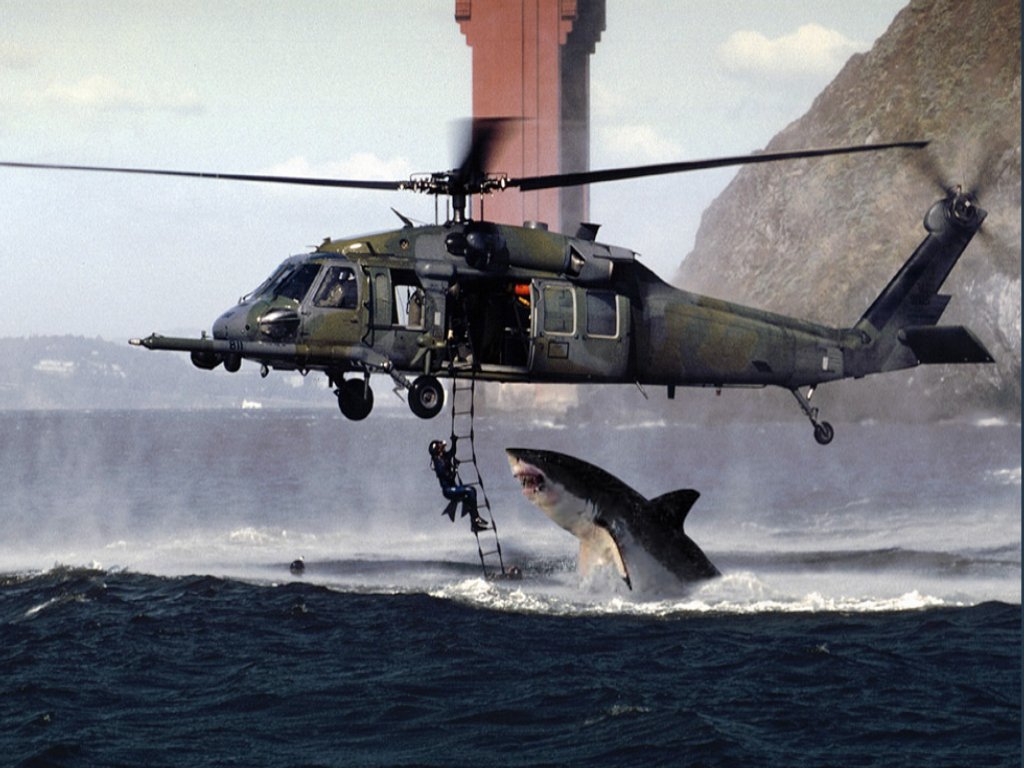Virtually everyone owns or has access to camera, be it an SLR, a compact or a camera phone... People are forever taking pictures, it has gone from a rarity and special occasion to have your photograph taken to something we take for granted. We generally have a camera of some form on us at all times, as a result we are no longer in search of that 'moment' but rather an opportunity. I don't mean to negate digital photographs as we do all have ones of special occasions but so many of them are of seemingly unimportant scenes. We all use photography as a method of documenting our lives, Facebook becomes a prime example, featuring a variety of images from drunk nights out with friends, to a yummy plate of food we just ate for dinner.
Photography becomes a social means of communicating, telling others something about us and what we have been up to. Sadly through social sites, I struggle to take a photo without thinking I must upload this. Making that 'moment' no longer a prize possession that you'd happily reflect on alone but a way of showing off. I find that photography currently is about the telling of stories, no longer a few special photos but a vast collection of the events of our lives.
The reason for this is photography no longer involves any skill. With current technology anyone can point a camera, on an auto setting, and take a nice enough image. This evolution means what once involved a great deal of knowledge and ability, is now so simple toddlers are capable of taking photographs. I'm not suggesting they could operate an SLR to great effect, but they are perfectly capable of capturing an image. Therefore I do find labelling these types of photos as photography unfair as, the user has done very little work other than point and shoot (purely relying on the technology), undermining the efforts done by professional photographers, suggesting what they do is one and the same.





